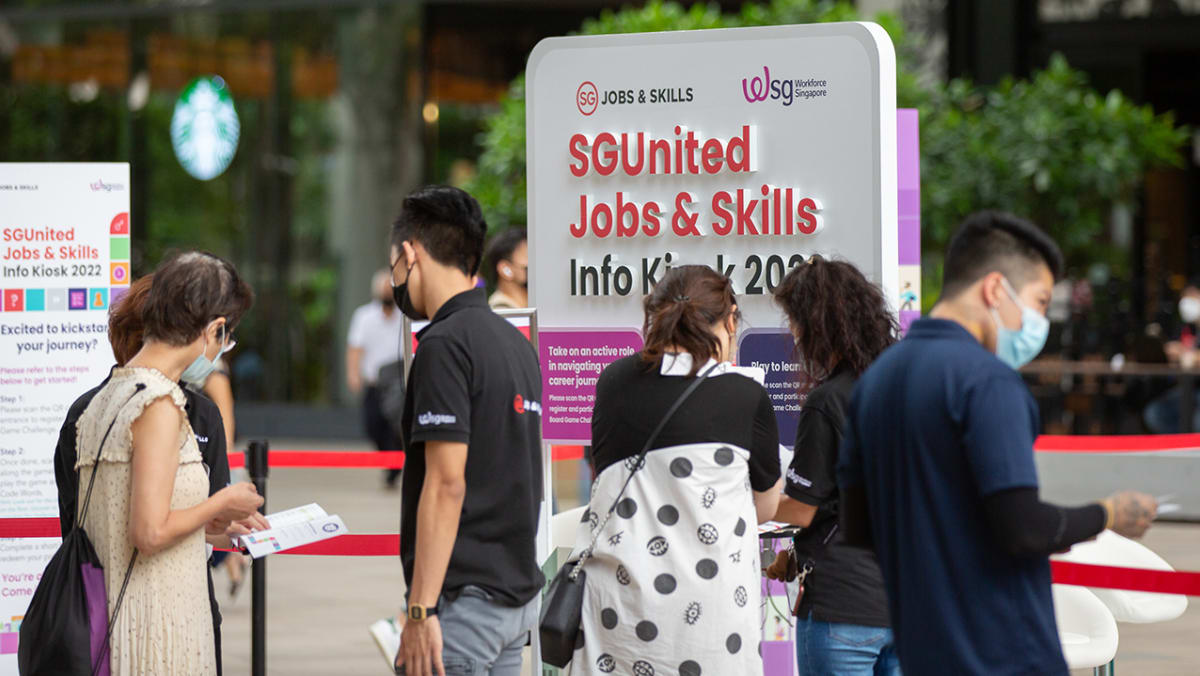7 Moves to Make Before Retrenchment Hits — From Lawyers and WSG Experts
TL;DR
Retrenchment can happen to anyone — even strong performers. Head Employment lawyer Amarjit Kaur and Brandon Lee from Workforce Singapore (WSG) explain that preparation should begin before any signs appear. Keep your contracts, benefits and achievements documented, understand your rights, and build a network and skill base that makes you re-employable fast. Preparation protects leverage, not paranoia.
Retrenchment in Singapore Is Not About Performance
Retrenchment has become part of the modern career cycle. According to MOM data, about 1.4 out of every 1,000 employed residents were retrenched in 2023 — and that includes high performers. Organisational restructuring, automation and global market shifts often drive such decisions, not individual output.
“It’s not about performance; it’s about repositioning the company for new opportunities,” notes Brandon Lee, Assistant Chief Executive of Workforce Singapore (WSG).
That means retrenchment can hit even the most competent professionals. The only defence is foresight.
Spot the Red Flags Early
Employment lawyer Amarjit Kaur stresses that retrenchment seldom arrives without signs. Key red flags include:
| Potential Signal | What It Could Mean |
|---|---|
| Sudden cost-cutting on travel, training or headcount | Financial pressure or restructuring |
| Increased outsourcing or offshoring | Role duplication risk |
| Repeated reorganisations and reduced communication | Strategic pivots |
| Declining morale or budget cuts in your department | Imminent layoffs |
None of these guarantee retrenchment, but ignoring them removes your ability to act early.
Legal Steps: Protect Your Leverage Before You’re Let Go
When the HR call arrives, the power imbalance can be severe. Amarjit recommends three immediate rules:
-
Ask for time — never sign a retrenchment or separation agreement on the spot.
Most companies expect negotiation; request at least a few days to review. -
Seek professional advice — employment lawyers can identify unclaimed entitlements such as notice pay, unused leave, or stock options.
-
Negotiate respectfully — frame discussions around mutual benefit, not confrontation.
Example: “I’m happy to complete this project for a smoother transition if we can extend medical coverage till year-end.”
Common Items Worth Negotiating
- Extension of medical insurance until new coverage begins
- Retention of company laptop or phone for job search use
- Waiver or shortening of non-compete clauses
- Vesting of near-mature stock options (“ask even if it’s rare,” says Amarjit)
- Positive reference or agreed HR wording for future employers
These small wins cost companies little but protect the employee’s transition.
Your Retrenchment-Ready Checklist
Every professional — not just those at risk — should maintain the following records off company systems:
| Item | Why It Matters |
|---|---|
| Employment contract and bonus terms | To verify notice and severance rights |
| Payslips and CPF contributions | For income proof and claims |
| Leave and medical balance | To ensure full payout |
| Appraisal reports and client commendations | To prove performance if challenged |
| Stock option or ESOP details | To confirm vesting and expiry terms |
Important: Do not forward work emails or client data to personal accounts. Screenshot non-confidential commendations (e.g., praise from colleagues) but avoid breaching data policy — misconduct can nullify compensation.
Financial Preparation: Build a Six-Month Cushion
As Brandon Lee cautions, “Looking for work is work — and it’s hard work.”
A retrenchment fund should cover at least six months of essential expenses, including:
-
Mortgage or rent
-
Insurance premiums
-
Utilities and family expenses
-
Existing loan repayments
Use tools like MAS MoneySense’s budget calculator to size your emergency fund. Consider shifting savings into more liquid instruments (e.g. high-yield savings or SSBs) while keeping CPF untouched for long-term needs.
Career Defence: Network, Upskill, and Stay Visible
Both experts agree that employability depends less on seniority and more on skill relevance and visibility.
1. Build and Maintain a Network
Amarjit calls it “strategic friendships”. Cultivate allies across departments and industries before you need them. People are more willing to help colleagues they know and like.
2. Skill-Stack for Future Resilience
Echoing Warren Buffett’s idea of “skill stacking,” Amarjit advises diversifying your expertise — not just learning more in your current field. Combine complementary skills (e.g. finance + AI, marketing + data analytics) to make yourself harder to replace.
3. Benchmark Your Market Value
Regularly review job listings and salary data from sites like MyCareersFuture and Glassdoor. Knowing your market worth keeps you ready to negotiate — and aware of shifting trends.
When Retrenchment Happens: Emotional and Professional Recovery
Retrenchment often triggers identity loss, especially for mid-career professionals. Both guests recommend allowing space for emotion, but staying action-oriented:
“Deal with your emotions — but channel your energy into productive steps,” says Amarjit. “Ask for help, apply for jobs, talk to your network.”
WSG’s career centres and MyCareersFuture portal offer complimentary services including:
- Personalised career coaching
- Training grants under the SGUnited and SkillsFuture initiatives
- Job matching and career fairs
These government resources can significantly shorten re-employment time.
FAQs
1. How long do I have to respond to a retrenchment offer?
Ask for at least 3–5 working days. Legally, you’re not required to sign immediately.
2. Can I still claim stock options if I’m retrenched?
Usually not unless vested, but you can request partial vesting as a goodwill gesture.
3. What if I’m pressured to resign instead of being retrenched?
That may qualify as constructive dismissal. Seek legal counsel before agreeing.
4. How soon should I look for a new job?
Start networking before retrenchment. Those who begin early re-enter employment 3–6 months faster on average.
5. Where can I get help?
Visit Workforce Singapore’s Career Connect or the Employment Claims Tribunals (ECT) for disputes.
Second-Order Implications for Singaporeans
- White-collar retrenchments are rising in tech and finance; even growth sectors may restructure for efficiency.
- Employability resilience is a new form of financial planning — as vital as insurance or CPF savings.
- Networking and visibility will matter more than tenure; the “lifetime job” is gone, but lifelong employability is achievable.
Let us know what you think about this topic, and what do you want to hear next.
You can now be our community contributor and make a pitch to have your favourite personality be on our show.
Join our community group and drop us your insights on this topic.
Sources:
- Ministry of Manpower (MOM), Labour Market Report 2024
- Workforce Singapore (WSG), Career Resilience and Employability Programmes
- The Straits Times, Singapore Retrenchment Trends 2024
- MoneySense, Financial Planning for Job Loss

-4.png?width=50&name=Square%20(2)-4.png)





:max_bytes(150000):strip_icc()/GettyImages-2238210705-164ac51d07624ce49cdcd7201c781f4a.jpg)
-2.png?height=200&name=2024%20website%20assets%20(1)-2.png)






Let us know what you think of this post